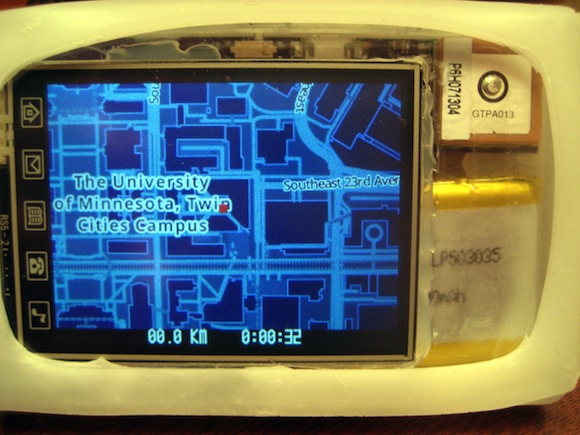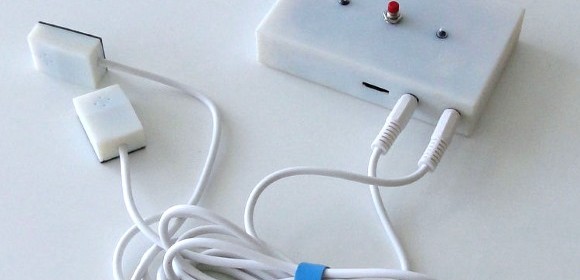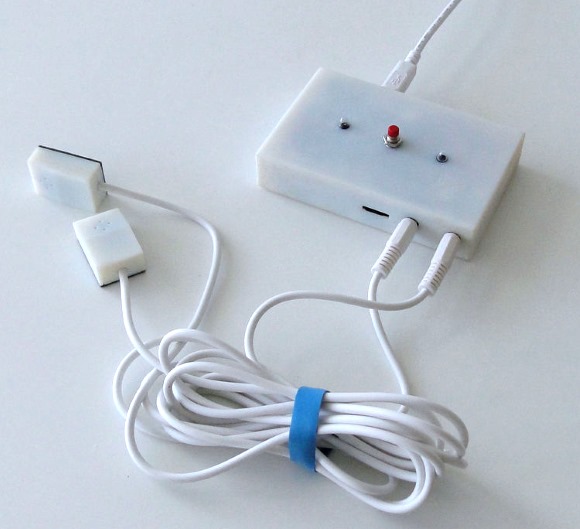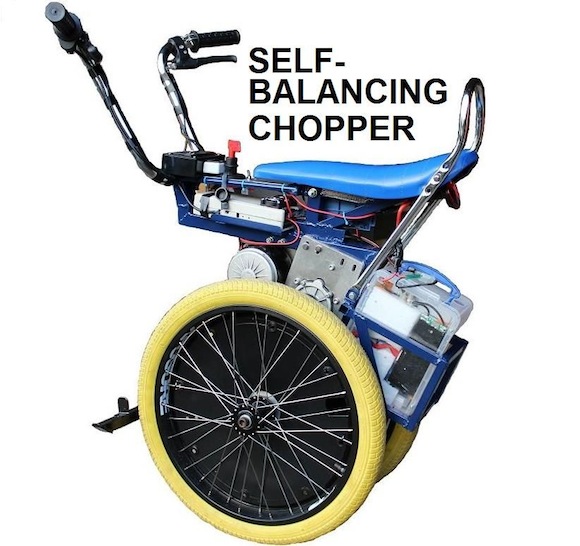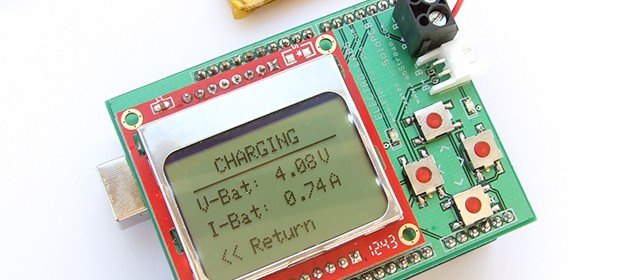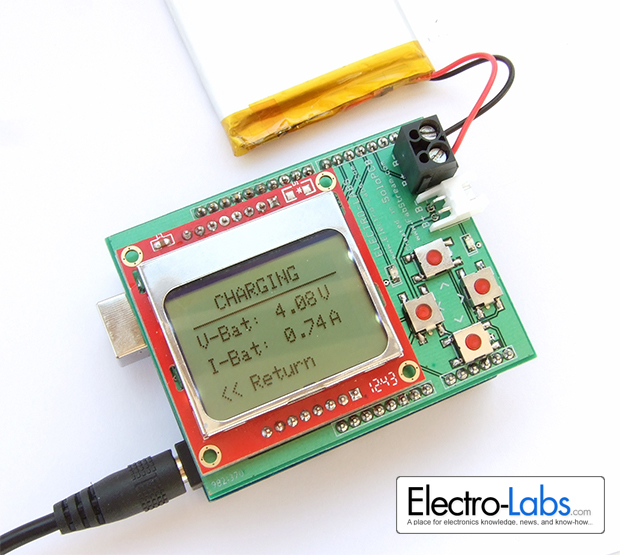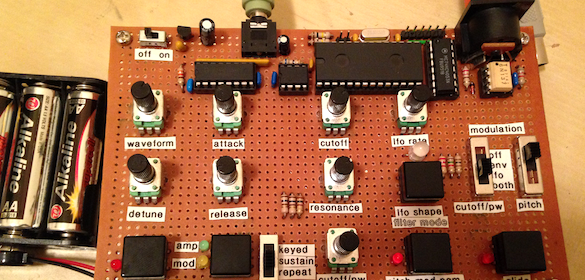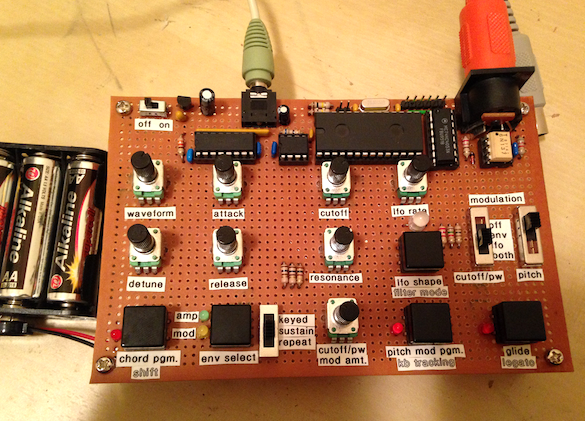Portable GPS logger for runners
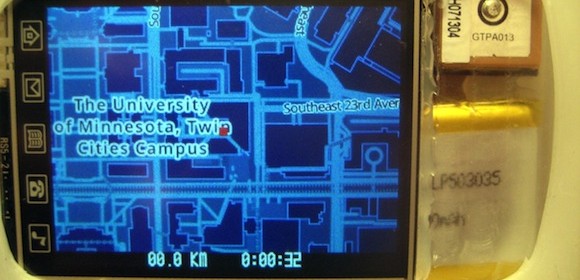
Daniel’s portable GPS logger is a university-funded project and is geared towards runners to record their movement. The core hardware of the project mainly consists of an LPC1778 Cortex M3 microcontroller, an Adafruit Ultimate GPS module, and a Newhaven Display 2.4″ ILI9340 QVGA LCD, which are all powered by a 500 mAh Lithium Ion battery.The GPS logger circuit also contains an on-board batter charger circuit using Microchip MCP73831T IC. It displays the current distance traveled and the time taken to travel the distance. The maps are generated from TileMill using a custom color scheme and OpenStreetMap data, and are stored in a microSD card.
The electrical hardware design (schematic/layout) and software for this GPS logger can be downloaded from GitHub.
[Via Hackaday]
